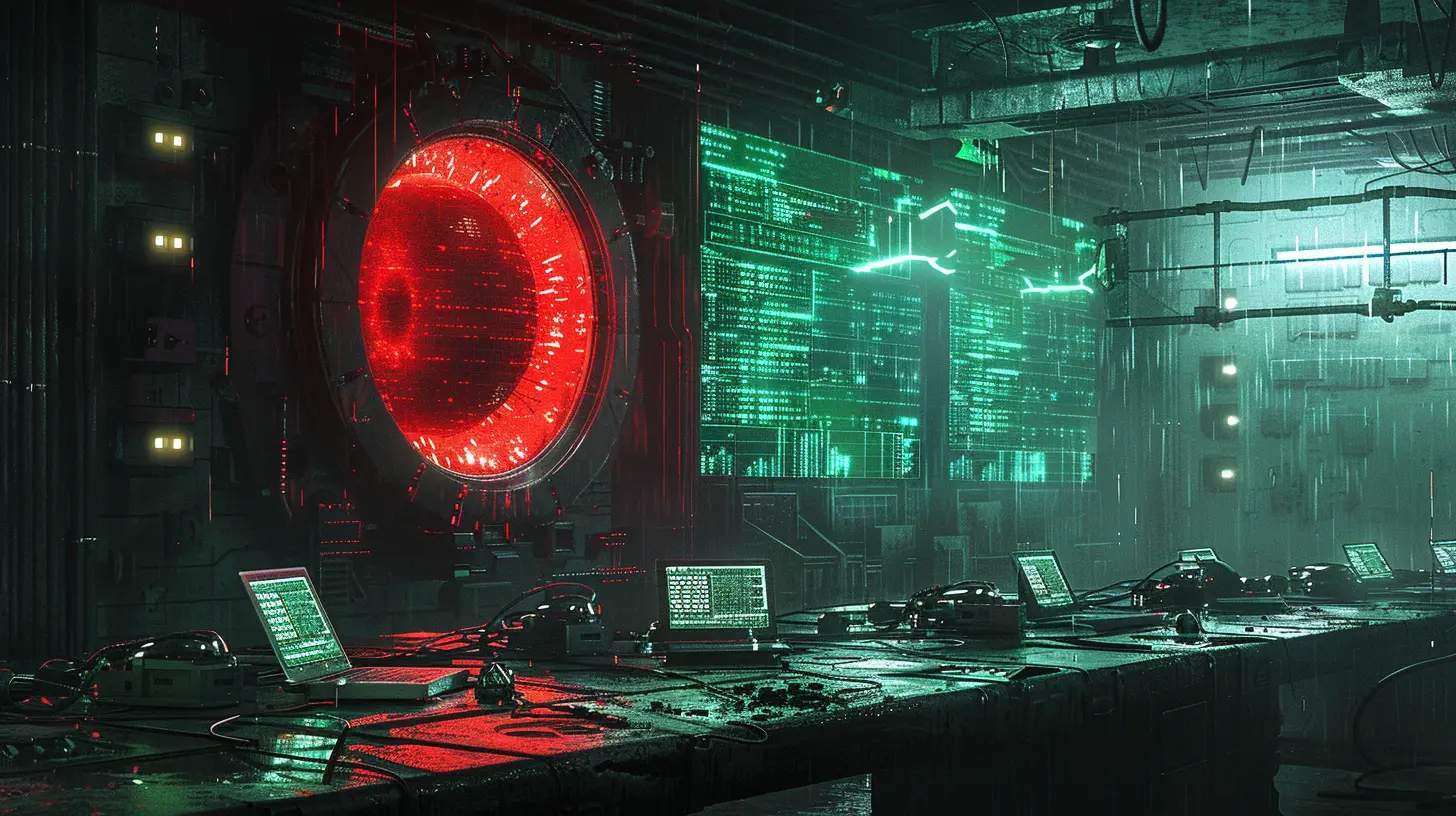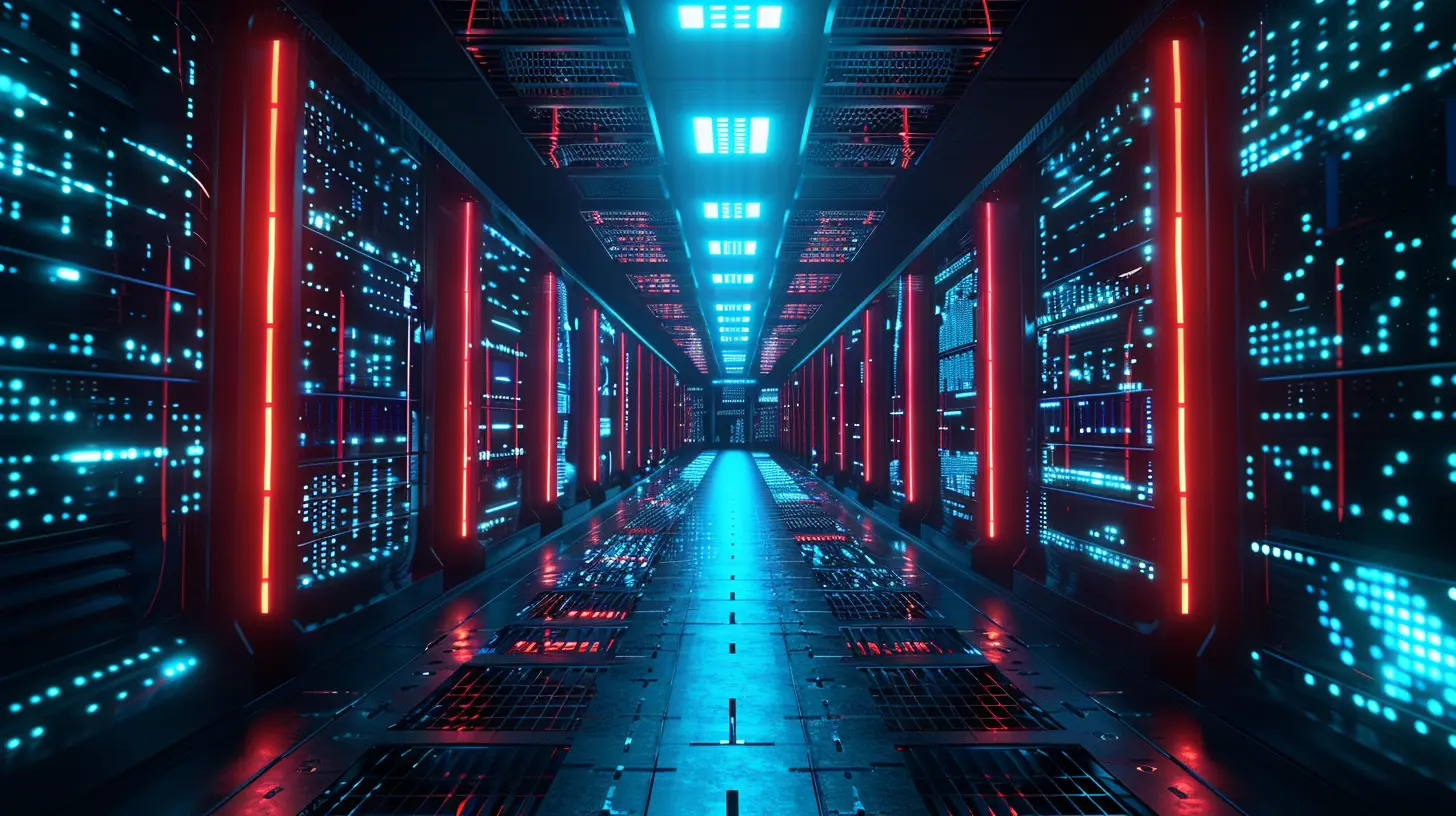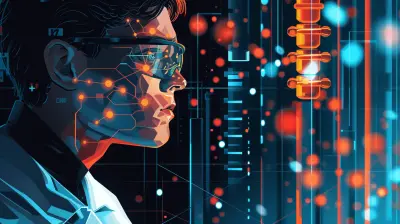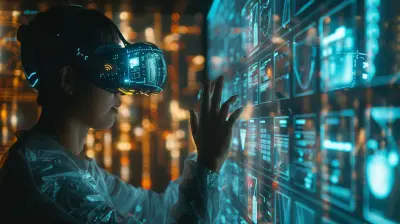15 January 2025
Gaming has come a long way over the years, hasn't it? From the pixelated 2D graphics of the early days to the highly detailed, immersive environments we experience today, the evolution has been nothing short of amazing. But now, something even more revolutionary is happening in the gaming industry—something that’s changing the way we look at in-game visuals. I’m talking about Ray Tracing.
If you’ve been keeping tabs on recent gaming tech, you’ve probably heard of it. Maybe you’ve even tried it out yourself if you're lucky enough to own one of the latest GPUs. But what exactly is Ray Tracing, and why is it such a game-changer (pun totally intended)? Stick with me, and by the end of this article, you’ll not only understand how Ray Tracing is transforming the future of PC gaming but also why it’s become the next big thing in gaming graphics.

What is Ray Tracing?
Okay, let’s start with the basics. Ray Tracing is a rendering technique that simulates the way light interacts with objects in a virtual environment. Think of it as a highly sophisticated way of mimicking real-world lighting in video games. It traces the path of light rays as they bounce off surfaces, creating realistic reflections, shadows, and lighting effects that were previously impossible or incredibly difficult to achieve with older methods.Traditional rendering techniques, like rasterization, approximate how light behaves. While rasterization has done wonders for gaming graphics over the years, it’s no match for the realism that Ray Tracing brings to the table. With Ray Tracing, light behaves the way it does in the real world, and that means you get lifelike visuals, stunning reflections, accurate shadows, and more natural lighting.
Sounds cool, right? But let’s get into the nitty-gritty of why Ray Tracing is such a big deal for PC gaming.

Why Ray Tracing is a Game-Changer
1. Realistic Lighting and Shadows
Have you ever noticed how the lighting in some games just feels... off? Maybe the shadows don't line up quite right, or the light from a torch doesn't reflect the way you'd expect it to. That’s where traditional rendering falls short. Ray Tracing, on the other hand, is all about accuracy.With Ray Tracing, light behaves naturally, just like it does in real life. Imagine standing in a room with multiple light sources—some bright, some dim. Ray Tracing can simulate how each light affects the objects in that room, casting realistic shadows and creating natural reflections.
In games, this means you’ll see shadows that actually shift and change based on the direction of the light source. You’ll see sunlight filtering through the trees in a forest, casting intricate shadows on the ground. The difference is jaw-dropping, especially when you compare it to older games with flat, static shadows.
2. Incredible Reflections
Who doesn’t love a good reflection in water, glass, or even a metal surface? Ray Tracing enhances these reflective surfaces to a degree that’s almost uncanny. In traditional gaming, reflections were often faked using pre-baked visual tricks. But with Ray Tracing, reflections are rendered in real-time, mirroring the environment around them with amazing accuracy.Picture this: you’re walking through a futuristic city, and the glass buildings around you reflect not only the sky but also the cars zooming past, the neon signs, and even your character. It’s almost like walking through a mirror image of reality, and it’s all thanks to Ray Tracing.
3. Enhanced Immersion
Let’s be honest—no matter how fun a game is, the level of immersion can make or break your experience. Ray Tracing takes immersion to new heights by making the game world feel alive and tangible. When lighting and reflections behave the way they do in the real world, your brain is tricked into believing that you’re actually in the game world.Imagine playing a horror game where the flicker of a flashlight casts eerie, realistic shadows across the room, or a racing game where the sunlight glints off your car’s polished surface as you speed through a city. These aren't just cosmetic improvements; they make you feel like you're part of the action.
4. Next-Level Realism for Future Games
Developers are just scratching the surface of what Ray Tracing can do. As the technology evolves, we’re going to see even more mind-blowing advancements in how games look and feel. Game studios are already incorporating Ray Tracing into some of the most popular titles, and as it becomes more widespread, it could redefine what we expect from video game graphics.We’re talking about environments that feel alive, with lighting that reacts dynamically to the changes in the world around you. Imagine standing on the deck of a spaceship in a sci-fi game, watching as the light from a distant star streams through the windows, casting moving shadows as the ship rotates. This level of detail is only possible through Ray Tracing, and it’s opening up new creative possibilities for game developers.

The Hardware Behind Ray Tracing
Now, before we get too carried away, let’s talk about the elephant in the room—the hardware. Ray Tracing is undeniably awesome, but it’s also incredibly demanding. It requires a lot of computational power, which means not everyone can experience it right now.For the longest time, Ray Tracing was something reserved for high-end CGI in movies. But thanks to advancements in GPU technology, particularly with NVIDIA’s RTX series and AMD’s RX 6000 series, we’re now able to enjoy Ray Tracing in real-time on consumer-grade hardware. These GPUs come equipped with dedicated hardware (like NVIDIA’s RT cores) designed specifically for Ray Tracing, making it possible to achieve these stunning effects without crippling your system’s performance.
That said, enabling Ray Tracing can still tank your frame rates, especially if you’re trying to run games at higher resolutions like 4K. To offset this, technologies like NVIDIA’s DLSS (Deep Learning Super Sampling) come into play, using AI to upscale lower-resolution images while maintaining visual fidelity. This allows you to enjoy the benefits of Ray Tracing without compromising too much on performance.
In the future, as hardware continues to improve and more games adopt Ray Tracing, we’ll likely see it become a standard feature in PC gaming. But for now, it’s mostly a luxury reserved for those with the latest and greatest GPUs.

The Future of Ray Tracing in PC Gaming
So, where is Ray Tracing headed, and how will it shape the future of PC gaming? Well, it’s safe to say that we’re on the brink of a new era in game development. Ray Tracing is already being implemented in AAA titles like Cyberpunk 2077, Control, and Minecraft RTX, and the results speak for themselves. These games look stunning, with lighting and reflections that elevate the entire experience.But it’s not just about making games look prettier. Ray Tracing could also lead to entirely new gameplay mechanics. Imagine a stealth game where you need to carefully watch the reflections in puddles or mirrors to avoid being spotted by enemies. Or a puzzle game that uses realistic light physics to create challenges that wouldn’t be possible with traditional rendering techniques.
As more developers adopt Ray Tracing, we’ll see new genres and gameplay experiences that take full advantage of this technology. And with the rise of real-time Ray Tracing in virtual reality (VR), we could be looking at a future where game worlds are indistinguishable from reality.
Is Ray Tracing Worth It Right Now?
The million-dollar question: should you care about Ray Tracing right now? Well, it depends. If you’re a hardcore gamer with a high-end PC, then yes, Ray Tracing can absolutely enhance your gaming experience. The visual improvements are undeniable, and if you’ve invested in a powerful GPU, you definitely owe it to yourself to check it out.However, if you’re rocking an older PC or a mid-range setup, Ray Tracing might not be worth the hit to your performance just yet. But don’t worry—this tech is still in its early stages, and it’s likely to become more accessible in the coming years. As GPUs get more powerful and optimization techniques improve, Ray Tracing will eventually become a standard feature in gaming, just like anti-aliasing or texture filtering.
Conclusion
Ray Tracing is revolutionizing the way we think about video game graphics. From hyper-realistic lighting to jaw-dropping reflections, this technology is pushing the boundaries of what’s possible in PC gaming. While it’s still in its early stages, and the hardware requirements are steep, there’s no denying that Ray Tracing is the future of gaming visuals.As game developers continue to experiment with this technology and more players gain access to the hardware that can handle it, we’re going to see a new era of gaming unfold—one where virtual worlds are almost indistinguishable from the real world.
So, whether you’re ready to dive into the world of Ray Tracing or you’re content to watch from the sidelines for now, one thing is clear: the future of PC gaming has never looked brighter (or more reflective).










Gisela Schultz
Ray tracing is like giving our games a fresh coat of paint! Exciting to see how it transforms our gaming experiences!
April 1, 2025 at 12:45 PM